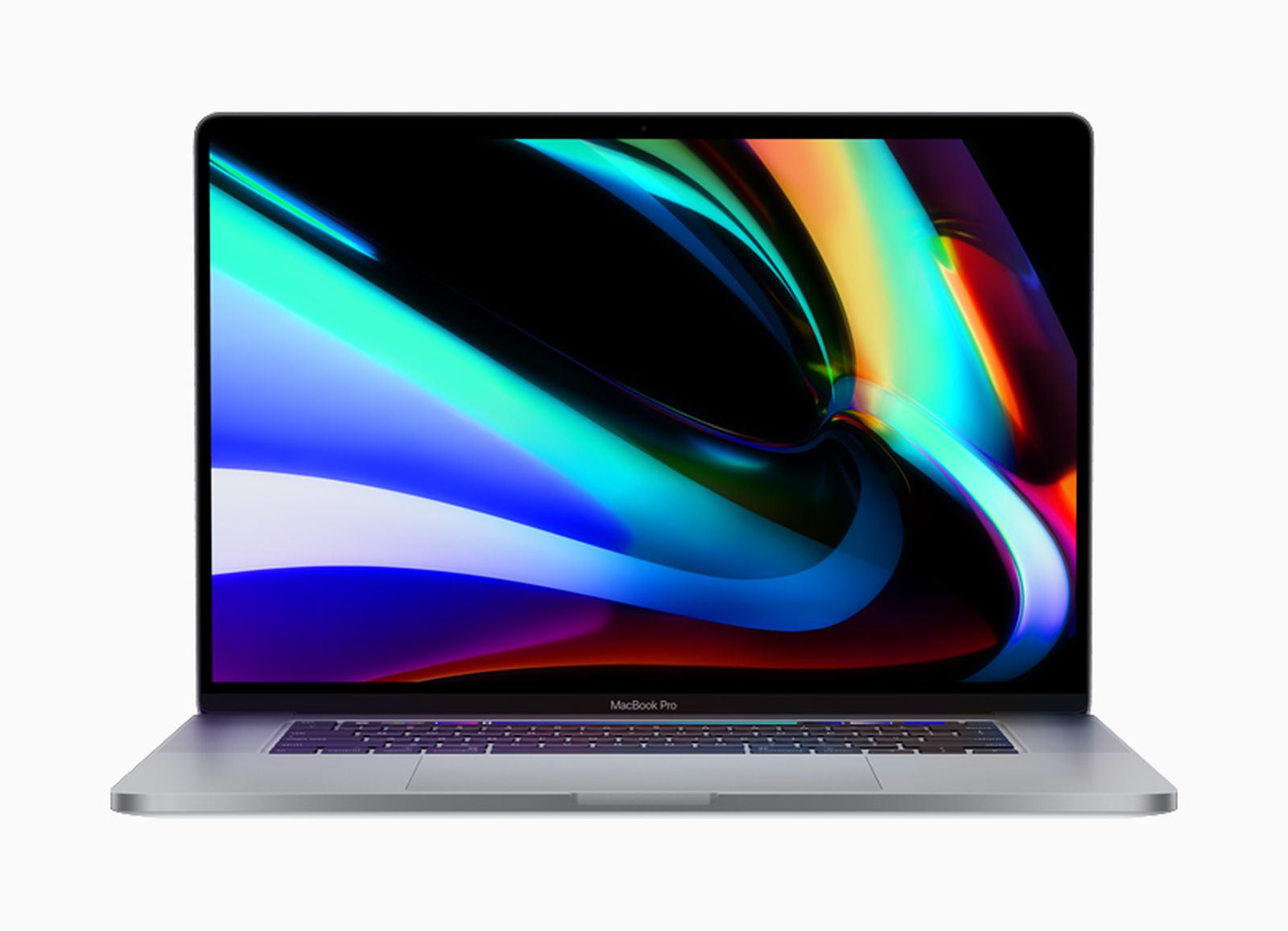There actually were rumours about both.
Apple has invested heavily in µLED technology, even buying a company working on these things a few years back. However, marketable and affordable µLED screens still seem to be a couple of years away. There still is not a single display with this technology available.
Rumors about mini LED displays for iPads and MacBooks are more recent, still relatively vague, but not implausible. Mini LED displays are already available, although I don't think I have ever seen one in the relatively small size required for laptops or tablets: all I've seen so far are larger TVs, which have fairly coarse LED backlighting grids.
Yes.
As there still are no real-life experiences with µLED displays whatsoever, it's hard to say with absolute certainty. But the whole idea behind using inorganic LEDs instead of OLEDs is in fact that inorganic LEDs should have no problems with bleaching and a much longer lifetime. So there should be no burn-in.
Mini LEDs have as much or as little burn in as every other currently available LCD.
Thank you very much for your answer.
Actualy yesterday after reading your post, i have watched some videos to see if there was any monitors that i could see with those technologies and as you said, what i learned are does:
- MicroLed screens are still too expensive to produce, apparently Samsung had shown a concept which was a wall/screen and apparently it lets you make huge screens as well with very high resolutions, but also it is still veery expensive.
- Mini LED screens apparently has minimised the burn in compared to OLED screens, they offer a much vivid colors and bigger contrast with a major brightness compared to normal IPS panels but it still can not offer true black like OLEDs but it comes close compared to the IPS panels of today.
- I saw a review of a monitor 32 inch monitor from Asus on youtube with the mini led technology, other than that it is around 3000 dollars (if i remember right) , it is also very bulky that the reviewer was saying that it needed the bulk to ventilate and cool down the mini Leds. So after seeing that, i was asking to myself if they make miniLed on the thin form factor of iPad pro, it could translate into an iPad that warms up a lot? And this could also have a bad effect on the battery no?
- Apparently MSI as well introduced a laptop in CES 2020, called Creator 17, which is housing a Mini LED display and they are saying that it is the first laptop to have it.
- Apple's new super expensive display is using mini Led as well right? Or is it going to be introduced on the next gen?
So as you say, it is still very vague, but still, very interesting to see. But also looking at the prices of the existing examples, the price would hike quite a bit if they use the technology.
Thank you again for your detailed answer and pointing me out those two technologies that I had no idea of the difference and neither the existence of the micro Led technology.






